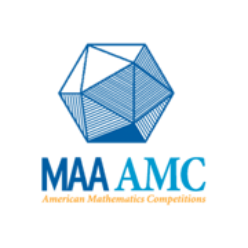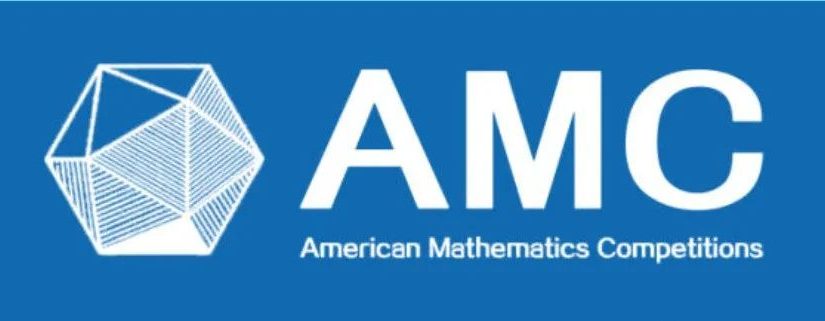“学好数理化,走遍天下都不怕”,有一个好的数学背景,也成了学生重要的加分项。对于国内的学生来说,数学一直是优势,所以参加AMC竞赛成为当下很多学生和家长的首选,那么AMC数学竞赛分别适合什么年龄段的学生参加?又有哪些AMC数学竞赛攻略?
AMC8/10/12分别适合不同年龄和学历阶段的学生参加。具体来说:
AMC8 适合八年级及以下的学生参加,且到参赛日年龄不超过15.5岁。近几年,甚至有四年级和五年级的学生也会报名参加AMC8 竞赛考试,尽管AMC8 面向的主要学生仍然是八年级及以下的学生。
AMC10 适合十年级及以下的学生参加,且到参赛日年龄不超过17.5岁。
AMC12 适合十二年级及以下的学生参加,且到参赛日年龄不超过19.5岁。
AMC10/12 面向的主要学生仍然是高中阶段的学生,尽管近几年报名参加AMC12 竞赛考试的学生之中也有很多8/9年级的学生。
总体而言,近几年AMC参赛学生的年龄逐渐降低。这可能与近几年数学教育越来越重视培养学生的数学思维能力和解决实际问题的能力有关。AMC竞赛考试正好提供这样一个平台,让学生有机会在同龄人中展示自己在这方面的能力。
扫码免费领取AMC历年真题+视频详解
还有竞赛必备公式和辅导资料等你哦~
预约最新真题讲座、课程详情可添加下方顾问老师咨询

以下是参加AMC数学竞赛的一些攻略:
提前准备:提前了解竞赛的考试内容和题型,熟悉竞赛的规则和考试流程,有针对性地复习数学知识,进行模拟练习。
熟悉题型:了解竞赛的题型,包括选择题、填空题、解答题等,熟悉各种题型的解题方法和技巧。
注意细节:在做题时要注意细节,认真审题,理解题意,注意单位和精度等细节问题,避免因为细节问题导致答案错误。
确定答案:在做题时要多思考,多推理,确定答案的正确性,避免因为粗心或者草率导致答案错误。
管理时间:在考试时要合理安排时间,根据题目难度和分值分配时间,避免浪费时间和错失得分机会。
保持冷静:在考试时要保持冷静,不要因为一道题目的难度过大或者遇到困难就放弃,要保持信心和耐心,尽可能地解决更多的题目。
反思总结:考试结束后,要及时反思总结,分析自己的优缺点和不足之处,总结经验和教训,为下一次竞赛做好准备。




